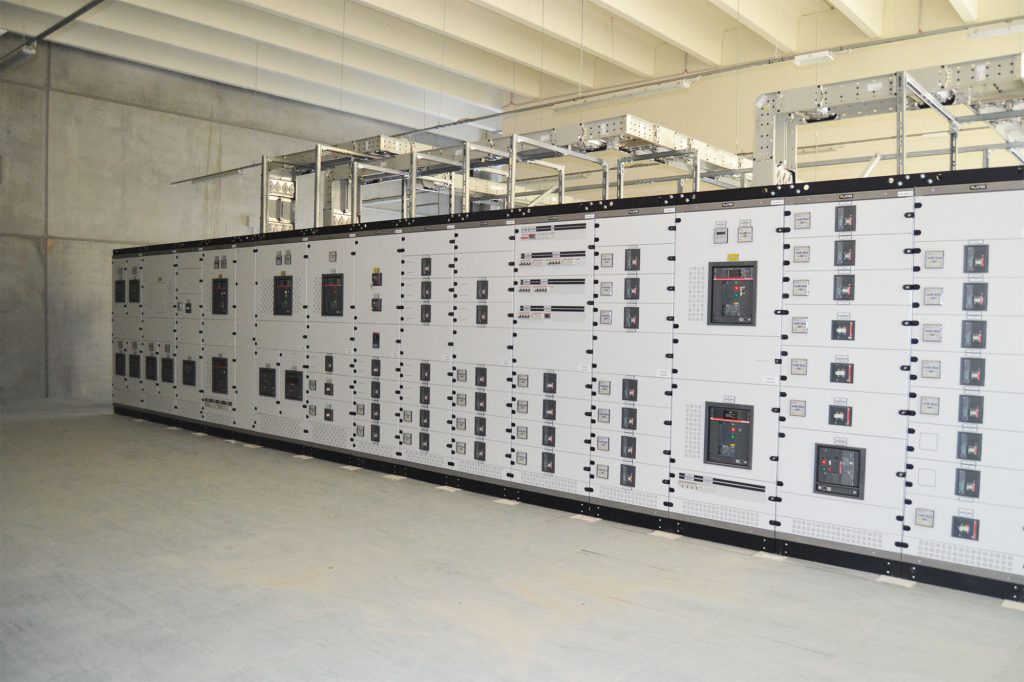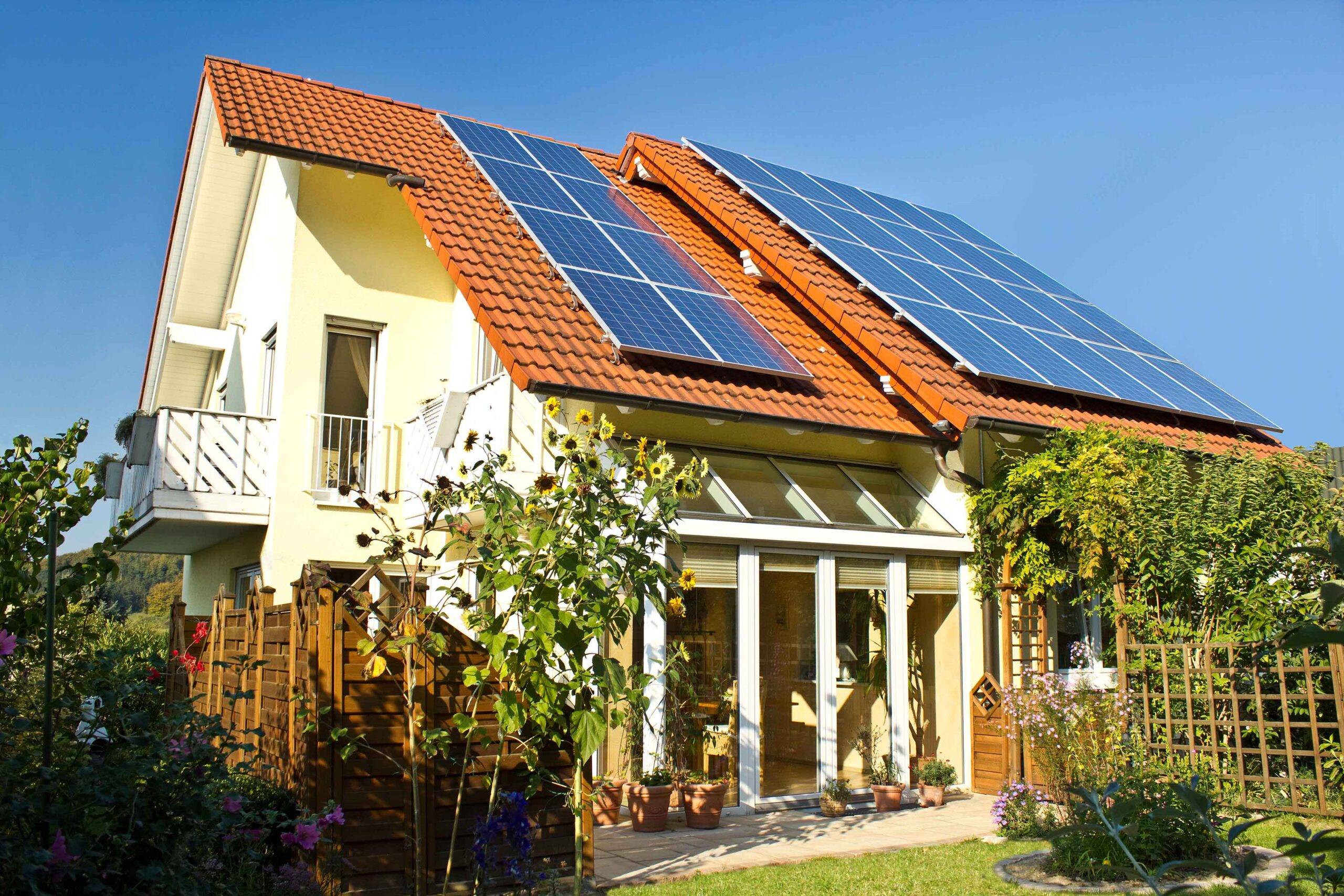Durable Line Striping That Enhances Visibility and Traffic Safety
Durable line striping is an essential feature for enhancing visibility and promoting traffic safety in various environments, from highways to parking lots, school zones, and city streets. These well-marked lines are crucial in guiding traffic, maintaining order on the road, and ensuring that drivers, pedestrians, and cyclists can navigate safely. In essence, line striping provides clear boundaries, directions, and areas of caution, contributing significantly to the smooth flow of traffic. One of the primary advantages of durable line striping is its ability to improve visibility. High-quality road markings, made with materials designed to withstand heavy traffic and weather conditions, ensure that lanes, crosswalks, stop lines, and other markings remain visible even in low-light or adverse weather conditions. Reflective paint is often used for this purpose, as it enhances the visibility of the markings at night or during rainy conditions, making them easier to see and follow for drivers.

This added visibility is especially important in high-traffic areas or regions with frequent fog, rain, or snow, where road signs and traditional markers might be obscured. Durability is another critical factor when it comes to line striping. Roads, highways, and parking areas undergo constant wear and tear from vehicles, weather elements, and other external factors. To ensure the longevity and effectiveness of road and line striping knoxville tn durable materials such as thermoplastic, epoxy, or urethane are often used. These materials are resistant to fading, chipping, and degradation, even with the constant traffic of heavy vehicles and exposure to the elements. The durability of these markings helps reduce the need for frequent repainting, thus saving time and maintenance costs. Durable line striping also plays a significant role in enhancing traffic safety by clearly marking areas of potential danger. For example, clear lane markings help drivers stay within their designated lanes, reducing the likelihood of accidents. In school zones, crosswalks, and pedestrian areas, bold, well-maintained markings guide pedestrians safely across the street while also alerting drivers to slow down. In parking lots, striping helps manage the flow of traffic, designating parking spaces and guiding drivers to ensure they park correctly. This organization reduces confusion and minimizes the risk of accidents, especially in crowded or busy areas. In addition to safety, durable line striping contributes to the overall aesthetics and professionalism of an area. Well-maintained lines reflect a community’s commitment to safety and infrastructure, creating a positive impression for residents, visitors, and businesses. This is particularly important in commercial and public spaces, where the clarity and neatness of the striping can affect both the perception and functionality of the area. Furthermore, line striping plays a vital role in regulatory compliance. Many jurisdictions require specific types of line markings to be installed to meet safety standards.


